Fashion Print Design: From Idea to the Final Print
R500This book guides readers through the complete process of creating fashion prints from designing prints and patterns to the final appearance of finished prints on a garment.
Showing 33–48 of 71 results
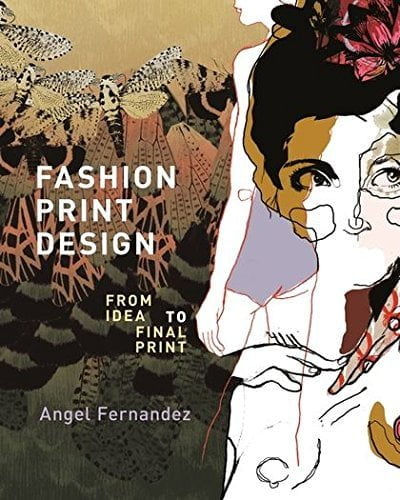
This book guides readers through the complete process of creating fashion prints from designing prints and patterns to the final appearance of finished prints on a garment.

Foundations of Art & Design, in its new and updated edition, guides artists and designers through the fundamentals of their fields and provides insights into putting these principles into practice. Part 1 covers the elements that can fill a blank page points and lines, shapes, textures and colours to create a sense of space, time…

“Grand Scale” brings to light rare surviving examples of mural-size prints – a Renaissance art form nearly lost from historical record.

The process of creating graphic design cannot be easily defined: each designer has their own way of seeing the world and approaching their work. Graphic Design Process features a series of in-depth case studies exploring a range of both universal and unique design methods.

Toward the end of his monumental career as a painter, sculptor, and lithographer, an elderly, sickly Matisse was unable to stand and use a paintbrush for long. In this late phase of his life—he was almost 80 years of age—he developed the technique of “carving into color,” creating bright, bold paper cut-outs. Though dismissed by some contemporary critics as the folly of a senile old man, these gouaches decoupées (gouache cut-outs) in fact represented a revolution in modern art, a whole new medium that reimagined the age-old conflict between color and line.

Is it a woodcut, an etching, or a lithograph? Is it an original stipple engraving or a photogravure reproduction? Is the colour printed or added by hand?
Since its first publication in 1986, this comprehensive guide has established itself as the essential reference book for print and book collectors, dealers in prints and illustrated books, art librarians, art professors and students, and everyone interested in graphic art.
 Out of stock
Out of stockBritish artist J.M.W. Turner (1775–1851) painted unforgettable watercolors and was revered for his masterly use of shifting light and dramatic cloudscapes. Now, this clear, accessible book reveals the secrets of Turner’s technique, making his magical effects possible for today’s painters.
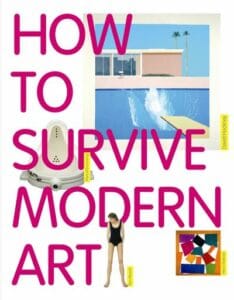 Out of stock
Out of stockModern art arouses many different responses: suspicion, controversy and misunderstanding are among the most frequent. But it doesn’t need to be like that. To help out, here is a clear, accessible, fully illustrated introduction to what can otherwise seem a daunting subject.
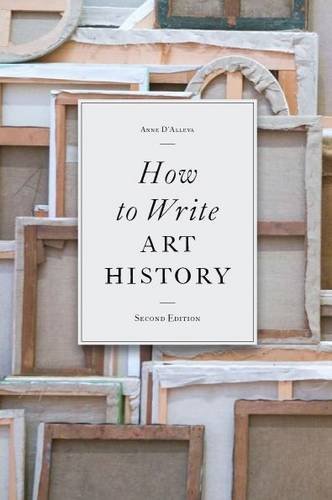 Out of stock
Out of stockAn invaluable handbook, “How to Write Art History” enables students to get the most from their art history course.
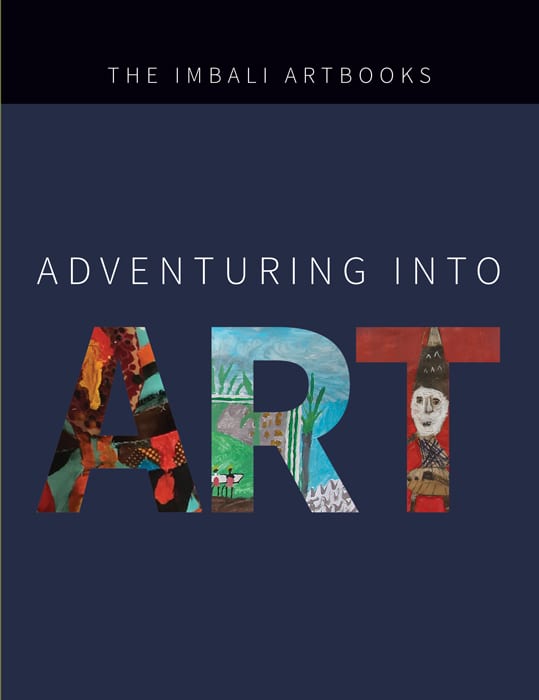
Through these books, young people will discover this world of art by looking, thinking and discussing, by making and doing, by exploring different materials, and by expressing visual ideas of their own. The Imbali Artbooks consist of a box set of eight books. The series is structured around a number of themes and each chapter raises interwoven topics, issues and ideas that are engaging and relevant to young people in the 21st century.
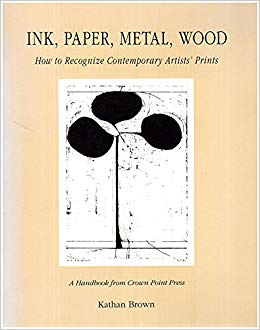
A must-have for anyone interested in the art of printmaking, “Ink, Paper, Metal, Wood” presents the greatest prints to emerge from Crown Point Press, one of the top fine-art presses in the country.
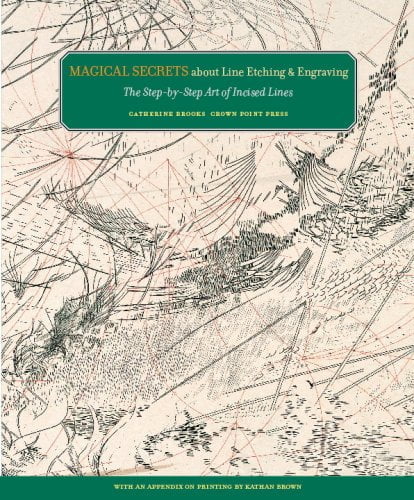
Author Catherine Brooks is a master printer at Crown Point Press, printers and publishers of etchings since 1962, and she draws on the venerable history of that institution to create an inspirational and highly usable how-to book. Crown Point Press founder, Kathan Brown, adds an appendix on hand-wiping and printing that teaches you to ink…

This user-centered approach is reinforced throughout the pages with 54 narratives and an extensive process glossary that discusses individual objects through a design lens. Featuring more than 1,100 collection objects selected by the curatorial staff, Smithsonian Design Library, and renowned designer Irma Boom, Making Design is organized entirely by Boom’s visual sequencing of images; her design and the curators’ essays weave parallel narratives throughout the book. This wildly playful and unexpected jaunt through the collection ends with Boom’s exploration of her process, “Making Making Design,” which embraces the essence design and the new experiences in Cooper Hewitt’s galleries.
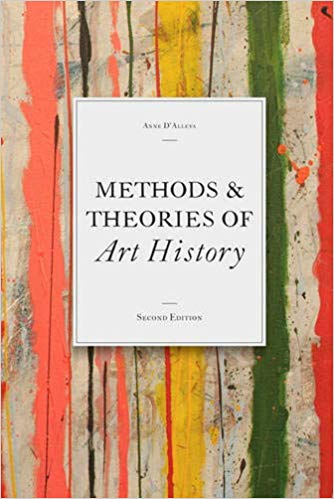 Out of stock
Out of stockArt historical theory is a forum of intense, often passionate debate. This book provides an accessible introduction to the range of critical theories used in analyzing art. It covers a broad range of approaches, presenting individual arguments, controversies, and divergent perspectives. This second edition has been updated to reflect recent scholarship in contemporary art. Clearly written, this book is ideal for the undergraduate student or anyone interested in the world of ideas.

This introduction examines the implications of these characteristics, looking in particular at the work of key artists: Carl Andre, Dan Flavin, Donald Judd and Sol LeWitt. It also focuses on the different emphases in each artist’s work. The book also looks at the varied types of criticism and interpretation to which minimalism has been subject over the years. It ends by discussing how minimalism, which has influenced almost every subsequent art movement, has continuing relevance for artists today.
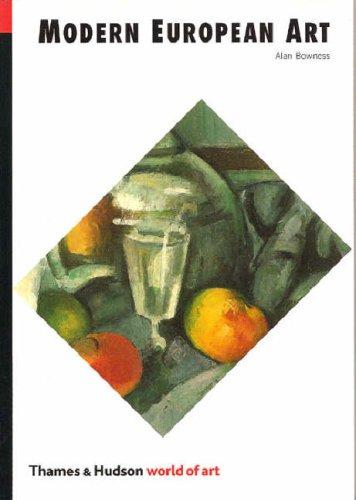
This little book helps to sift and sort through the noise and confusion; a rather valuable achievement in our chaotic and bewildering age of uncertainty. William J. Havlicek, PhD.
No products in the basket.